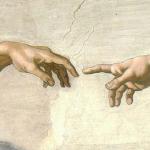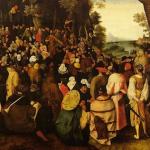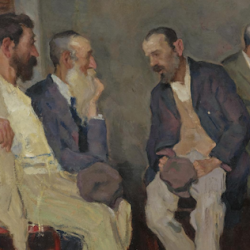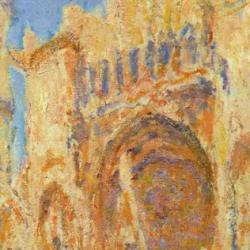In his “Person” in Christian Tradition, Stephen Hipp notes that the “originality” of Cappadocian Trinitarian theology “lies in using the word hypostasis to designate the person in distinction from the substance. The distinction between hypostasis and ousia had not been instituted during apostolic times; the Greek Fathers are the first to articulate it in order to resist the heretical temptation to advocate three distinct Gods or a singe divine Person” (49).
This usage, Hipp argues, represents not only an advance in Trinitarian theology but also a “rupture” with ancient Greek philosophy, since “it places a primordial (and ontological) value upon the individual, in contrast to the Greek philosophical conviction that universals have the preeminent claim to ‘truth,’ and upholds the profoundly Christian vision of the intrinsic worth (i.e. perfection) of every person” (50).
That said, Hipp doesn’t think their elaboration of the Trinity is always consistent with their innovative ontology. If we follow the logic of their arguments and analogies, being or nature “is mostly presented as the universal, undetermined nature, whereby it is set of from hypostasis, expressing the concrete individualized nature,” a usage that presents a “difficulty . . . with respect to the divine nature” (50).
The Cappadocians thus left behind the need to develop “an adequate distinction between ‘person’ and ‘nature'” (50), a problem that became evident in the Nestorian controversy.











